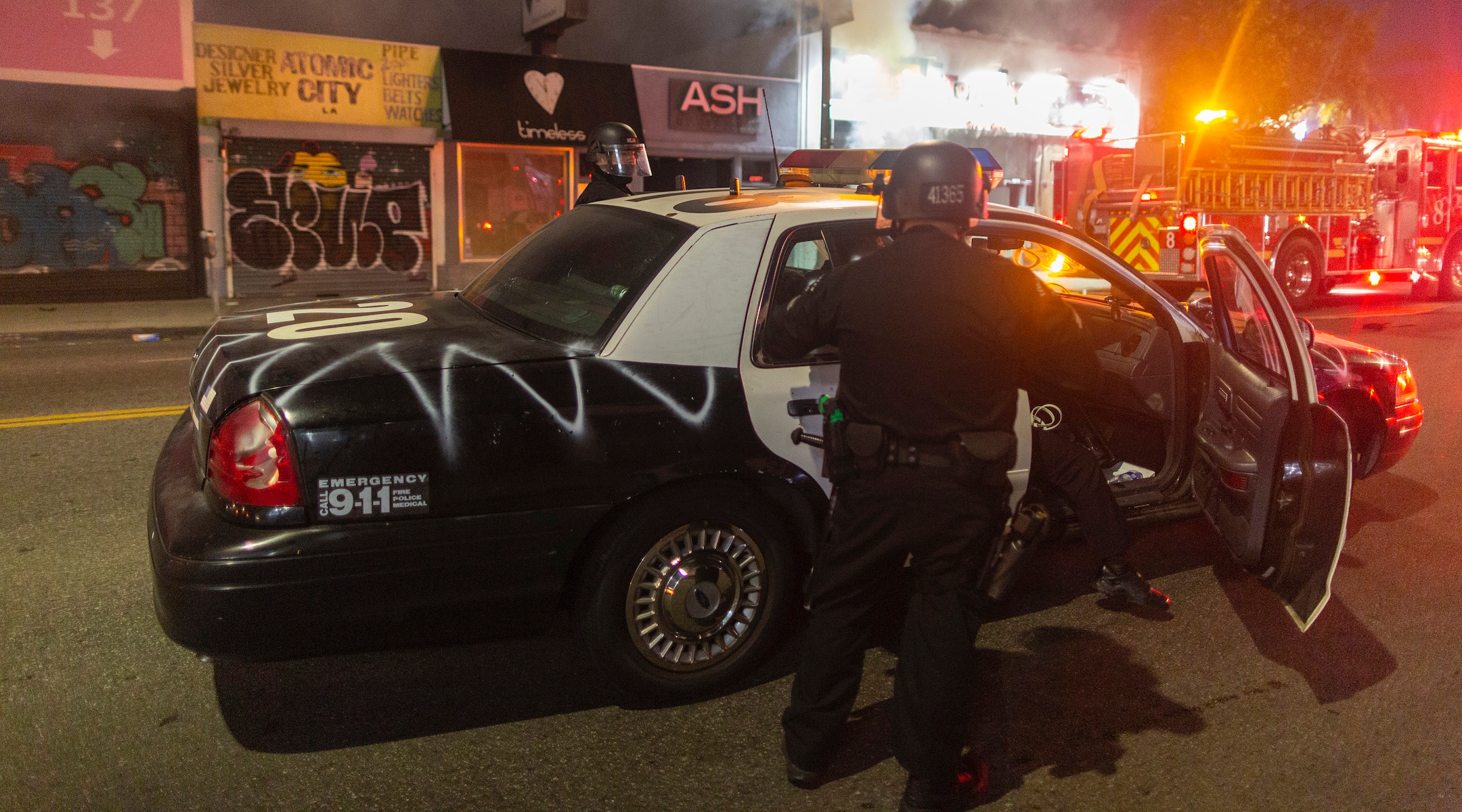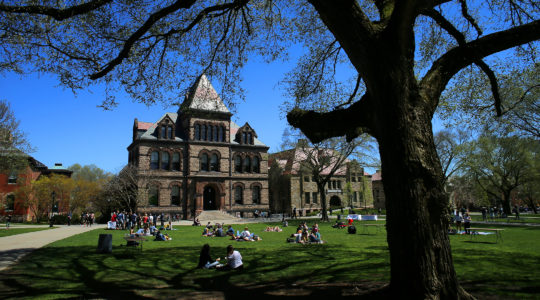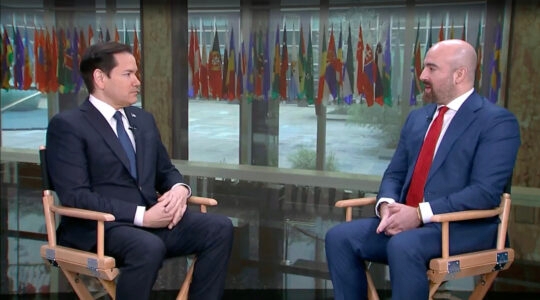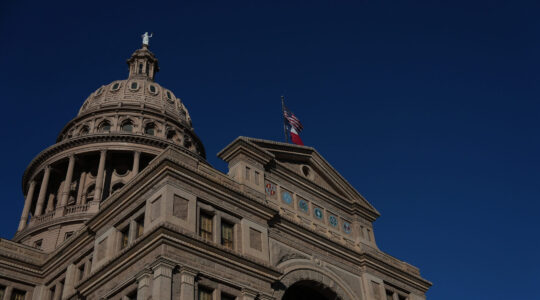President Donald Trump’s tweeted declaration Sunday that he would be designating “ANTIFA as a Terrorist Organization” raised eyebrows among observers of the antifascist movement.
After all, while there is a government list of designated foreign terrorist groups, there is no such list for domestic groups. And Antifa is not a structured organization, like ISIS or al-Qaida.
“The U.S. doesn’t have a list of domestic terrorist groups,” said Oren Segal, vice president of the Anti-Defamation League’s Center on Extremism. “Antifa is not a coherent group or organization, so how that is being defined — I’m mostly unsure about what the intent there is, and how that’s being used.”
Still, the movement has become a bogeyman for many, especially on the right, seeking to explain America’s troubles. Trump’s declaration came amid sweeping national demonstrations against police brutality that have been accompanied by looting. He did not present any evidence that antifa was behind the looting.
Want to understand antifa better? We explained the loose network of anti-fascist activists in 2017, following a high-profile white supremacist rally in Charlottesville, Virginia, where antifa activists showed up to counterdemonstrate. From that piece:
In 1934, Milwaukee police arrested three leftists who infiltrated a pro-Nazi meeting and began scuffling with supporters of Hitler. The leftists were part of a group of several hundred anti-fascists who entered the meeting, broke it up and pelted the keynote speaker with rotten eggs. The melee ended only after 100 police arrived to restore order.
Today’s antifa (an abbreviation of “anti-fascist action”) sees itself as the ideological descendant of activists like these. Anti-fascist brawlers — many of them communists, socialists or anarchists — began organizing in the 1920s and ’30s to oppose the rising dictatorships in Italy, Germany and Spain through demonstrations and street fights. The groups re-emerged in Europe in the ’70s and ’80s to combat white supremacists and skinheads, and the idea migrated to America, where groups were originally known as “Anti-Racist Action.”
Antifa has no qualms about scuffling with white supremacists. The group gained publicity in [2017] when it physically fought alt-righters at the University of California, Berkeley, during a speech by alt-right provocateur Milo Yiannopoulos. Tussles with the far right have followed at other events.
Some have celebrated the antifa activists for standing up to hate. But others have condemned them alongside neo-Nazis for engaging in violence.
Antifa has garnered its share of liberal critics who say nothing — even neo-Nazism — justifies violence and the suppression of free speech. Critics also say that antifa’s violence draws attention to the far right and allows white supremacists to claim they are acting in self-defense.
While it’s hard to pin down numbers on antifa in the United States, members and experts say the movement has boomed since Trump’s election. Mark Bray, a lecturer on human rights and politics at Dartmouth College, estimates that there are a couple hundred antifa chapters of varying sizes and levels of activity across the country.
“The threat posed by the ‘alt-right’ in the context of empowerment through Trump made a lot of people concerned about fascist, neo-Nazi, white supremacist violence,” said Bray, author of the [then-]forthcoming book “Antifa: The Anti-Fascist Handbook.” “They turned to the Antifa model as one option to resist it. The option of physically confronting these groups has spread among the left and been normalized.”
Like the Occupy movement and Black Lives Matter, antifa has no institutional structure or unified plan of action. Much of its activism comes through informal collaboration around certain cities or regions, and individual members taking initiative.
Read the whole thing to understand the movement.
JTA has documented Jewish history in real-time for over a century. Keep our journalism strong by joining us in supporting independent, award-winning reporting.






